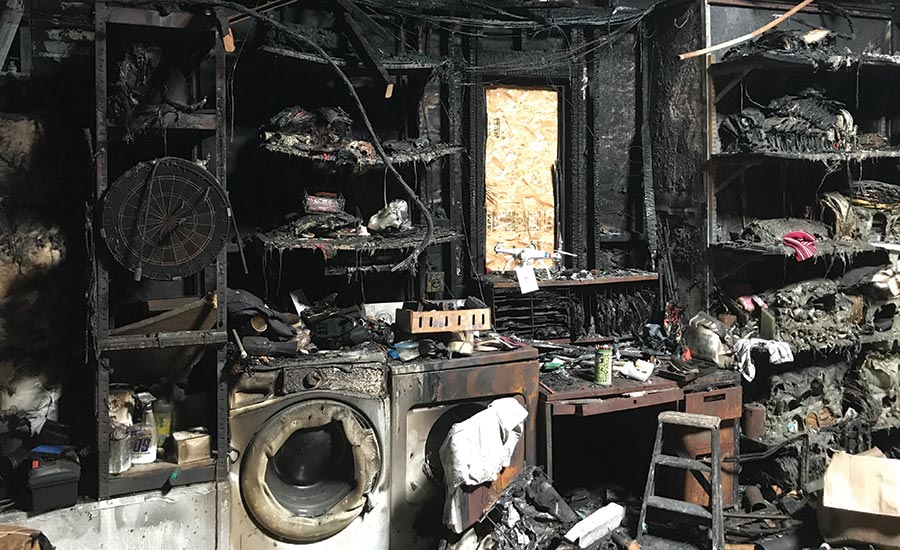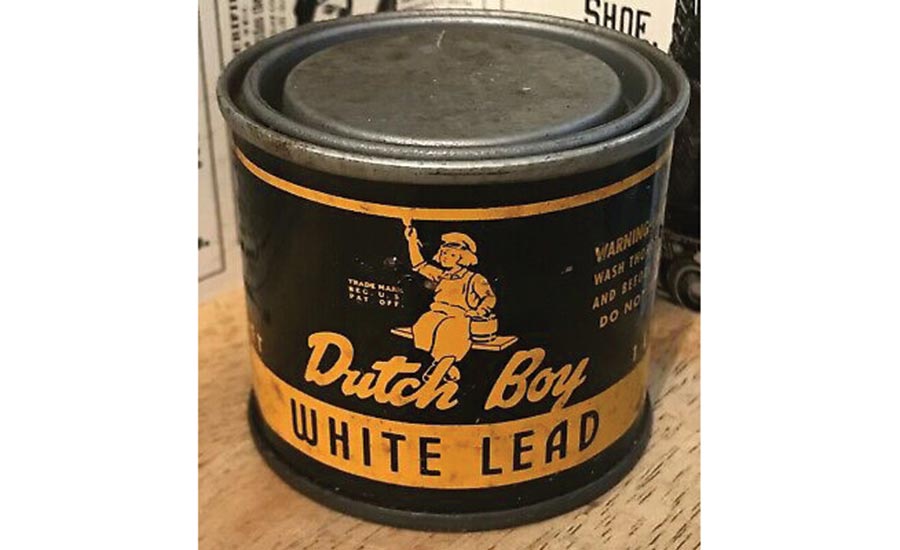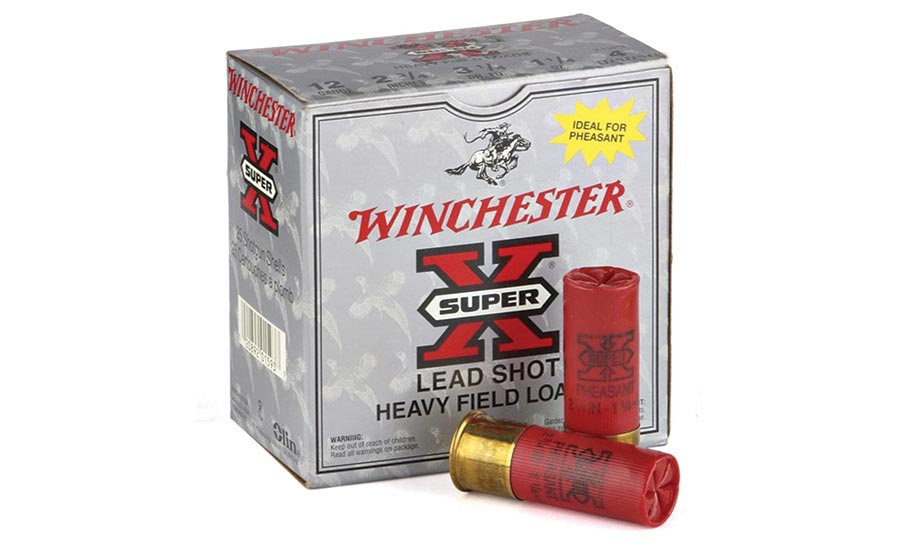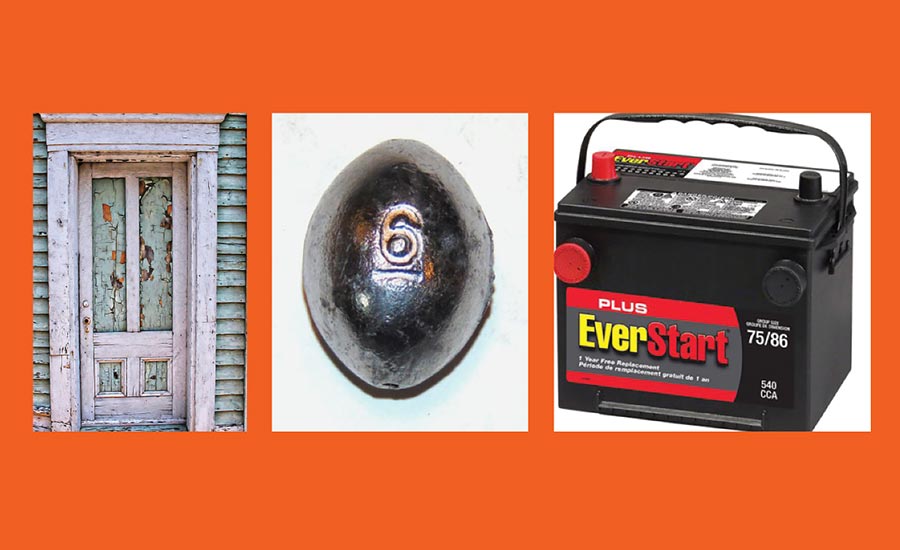On April 15, 2019, fire broke out beneath the roof of the Notre-Dame de Paris Cathedral. Over 400 firefighters fought the blaze, which consumed approximately two thirds of the roof structure, including the 300-foot wooden spire. The spire ultimately crashed through the roof, bringing down with it stone, stained glass windows, and the handcrafted, vaulted oak ceiling dating back to the 13th century. The initial damage assessments for the restoration of the cathedral and many of its priceless artifacts range from $790 million to $1 billion.
The roof’s layers and spire, composed of approximately 450 tons of lead, quickly melted as the fire temperatures exceeded 1,400° F. As the smoke’s distinct yellow tinge suggested, the lead vaporized and created a toxic fallout of lead dust that was deposited across Paris.
In July of 2019, reports began to emerge that the levels of lead in areas surrounding the cathedral were 500 to 800 times the official safe level. [1]
An Unexpected Threat - Lead Fumes and Fallout
During a structure fire, lead fumes are produced when lead or lead-containing materials are heated to temperatures above 932° F. At these temperatures, lead vapor is released in the form of highly toxic lead oxide fumes. This vapor then condenses into solid fume particles which are released into the atmosphere. [2]
Lead oxide is highly soluble in body fluids. The particle size of the metal fumes range between 0.1-0.7 microns, which increases the likelihood of inhalation and deposition of the fume directly into the bloodstream. When materials containing lead vaporize, the lead-laden smoke and other byproducts combine to form toxic particulate matter that permeate surfaces in the form of ultra-fine lead dust. Molten lead or lead fumes also contain other toxic byproducts including chromium, cobalt, arsenic, cadmium, antimony, and mercury.

Above is a garage of a home built well after 1978.There are numerous items here that contain lead.
Lead Contamination in New Buildings
Although the sheer volume of lead that vaporized in the Notre Dame fire was unique, fire restoration contractors need to consider the likelihood that lead may be present in any fire damaged structure, especially those built after 1978. Now you may be asking yourself, “did he just say after 1978?” Believe it or not, lead based products are still being used in homes and buildings to this day. [5] It is conceivable that the level of lead contamination resulting from molten lead and lead-laden fumes could pose a greater risk of exposure than the small amount found in lead-based paint or ceramic tile glazing. This could come from a wide range of common household products.
Here are some common materials and household items that may contain lead.

Building Products:
- Lead-based paints
- Ceramic tile glazing
- Porcelain glazing on bathtubs and sinks
- Stained glass windows
- Lead water piping
- Pipe solder
- Roof flashings
- Lead lag shields
- PVC
- Solar cells
- Rubber and plastics (Lead oxide and lead chromate) [8]
Household Items:

- Diving weights
- Fishing weights and lures
- Ammunition
- Batteries
- Tire weights
- Electronics
- Jewelry
- Antiques
- Earthenware, china, porcelain
- Artificial turf [9]
- Artificial Christmas trees [10]
- Drapery weights
- Children’s toys and books printed prior to 1985
The Dangers of Lead Exposure
Although OSHA has set a permissible exposure limit (PEL) for lead, numerous authorities state that “there is no known level of lead exposure that is considered safe.”[11,12,13,14,15]
Lead can be absorbed into the body through inhalation, ingestion and dermal contact. [16]
Effects of overexposure to lead - Short term (acute) overexposure. Lead is a potent, systemic poison. Taken in large enough doses, it can become fatal in a matter of days. A condition called acute encephalopathy may arise which develops quickly to seizures, coma, and death from cardiorespiratory arrest. Encephalopathy is a term that means brain disease, damage, or malfunction. It can present a broad spectrum of symptoms that range from mild, such as some memory loss or subtle personality changes, to severe, such as dementia, seizures, coma, or death. [17]
Long-term (chronic) overexposure. Chronic overexposure to lead may result in severe damage to the nervous, urinary, and reproductive systems. If you handle lead and then touch your eyes, nose, or mouth, you could be exposed. Lead dust can also get on your clothes and hair. If this happens, it’s possible that you may track home lead dust, which may also expose your family. This is called “take home” lead, and it can harm anyone who comes in contact with it. [19,20]
The Dangers of Lead Exposure to Children
Lead poses the greatest risks to young children, infants, and unborn babies. A dose of lead that may have little effect on an adult can have a significant effect on a child. In children, low levels of lead exposure have been linked to damage to the central and peripheral nervous system, learning disabilities, impaired hearing, and impaired formation and function of blood cells. [22,23,24]

No safe blood lead level in children has been identified. Even low levels in the blood have been shown to affect IQ and academic achievement. Effects of this exposure cannot be corrected. [25]
Conclusions & Considerations:
Fire restoration practitioners rarely test for lead in fire or smoke damaged buildings constructed after 1978. The reason for this is that testing for lead in newer buildings isn’t considered mandatory or customary. This is a gross oversight. The reality is that most buildings, even those built today, contain some level of lead in the building materials or contents, and in some cases, enough to pose serious health risks or even death to those exposed.

For example, let’s look at the amounts of lead in a door painted with lead-based paint, a 6 oz. lead fishing weight, and a car battery. Now, let’s say each of these items were vaporized in a fire.
A door takes about a pint of paint to cover both sides. A pint of lead-based paint contains approximately 1/10th of an ounce of lead, or 2,834.95 milligrams.
A 6 oz. fishing weight contains 170,094 milligrams of lead. (28,349.52 milligrams per oz. x 6 oz. = 170,094 milligrams)
A typical car battery contains approximately 21 lbs. of lead, or 9,525,264 milligrams. (28,349.52 milligrams of lead per oz. x 16 oz.’s per lb. x 21 lbs. = 9,525,438.72 milligrams) (1 milligram equals 1,000 micrograms.)
Given these examples, doesn’t it seem reasonable that structure fires occurring in buildings built after 1978 could contain extremely hazardous levels of lead, even to the point of being immediately dangerous to life and health? Shouldn’t every structure fire that is suspected of containing lead products be tested, regardless of age? If not, how can anyone know whether lead might be present?
Next, take into consideration the amount of lead dust that may be generated when entire neighborhoods are consumed by wildfires. Rarely will testing be conducted for lead or other toxic heavy metals in smoke damaged homes. At best, these are only tested for the presence of soot, char, or ash, but not their chemical composition.
Here are some suggestions:
1) Treat every fire as though it has the potential of being contaminated by lead, regardless of age, and test for lead as soon as possible to avoid accidental exposure.
2) All persons who need to enter a fire damaged structure should always wear proper personal protective equipment until the work area is proven to be lead-free.
3) Perform a visual assessment of interior and exterior surfaces and contents to identify specific items or conditions that may be potential lead hazards.
4) Have a certified environmental testing company take samples of the dust, soot, or ash to see if lead contaminants are present. If lead is found, the testing agency should provide a lead remediation protocol.
5) Get a clearance test from an independent third-party laboratory after the lead is abated. This will provide written proof that the lead contaminants have been removed.
6) Where lead dust may have contaminated textiles or soft goods, have sample articles tested for lead prior to cleaning. The use of ozone, hydroxyls, cleansers, or deodorizers are not effective to remove lead dust or other heavy metals and should not be used. Clothes, bedding, soft goods, or children’s toys should not be cleaned if they have come in contact with lead dust or other toxic heavy metals. These items should be treated as contaminated and properly disposed of. Children often chew on their toys, clothes, blankets, and put things in their mouths. This is how lead can be ingested and is the main cause of lead poisoning amongst children.
The restoration industry can’t afford to keep its head in the sand regarding the dangers of lead exposure in structure fire settings. Every fire is unique, and in severe fire settings, what may have combusted is often a mystery. Protect yourself and others by testing for lead, heavy metals, and toxic VOC’s and wear proper personal protective equipment.
Your life, your colleagues’, workers’, and clients’ lives could depend on it.
For more information on testing for lead or other hazardous substances, contact Bruce Rosenblatt with Rarefied Air Environmental at 619-888-4840.
Sources:
- Wired: The Notre Dame Fire Spread Toxic Lead Dust Over Paris https://www.wired.com/story/the-notre-dame-fire-spread-toxic-lead-dust-over-paris/?verso=true
- Ontario Ministry of Labor - Controlling the Lead Hazard https://www.labour.gov.on.ca/english/hs/pubs/lead/gl_lead_4.php and https://www.teck.com/media/2015-Products-Lead_Metal_SDS-T2.5.pdf
- EPA - Miscellaneous Lead Products https://www3.epa.gov/ttnchie1/ap42/ch12/final/c12s17.pdf
- WHO – Childhood Lead Poisoning https://www.who.int/ceh/publications/leadguidance.pdf
- CDC – Lead in Consumer Products https://www.cdc.gov/nceh/lead/prevention/sources/consumer-products.htm?CDC_AA_refVal=https%3A%2F%2Fwww.cdc.gov%2Fnceh%2Flead%2Ftips%2Ftoys.htm
- HUD - American Healthy Homes Survey - Lead and Arsenic Findings https://www.hud.gov/sites/documents/AHHS_REPORT.PDF
- EPA - Miscellaneous Lead Products https://www3.epa.gov/ttnchie1/ap42/ch12/final/c12s17.pdf
- U.S. Dept. of Health & Human Services - Report on Carcinogens, Fourteenth Edition - Lead and Lead Compounds https://ntp.niehs.nih.gov/ntp/roc/content/profiles/lead.pdf
- CDC – Childhood Lead Poisoning Prevention – Artificial Turf https://www.cdc.gov/nceh/lead/prevention/artificialturf.htm?CDC_AA_refVal=https%3A%2F%2Fwww.cdc.gov%2Fnceh%2Flead%2Ftips%2Fartificialturf.htm
- RTK Environmental Group https://rtkenvironmental.com/lead/warning-hidden-health-hazard-artificial-christmas-trees/
- WHO – Lead Poisoning & Health https://www.who.int/news-room/fact-sheets/detail/lead-poisoning-and-health
- PAHO – Lead Contamination https://www.paho.org/hq/index.php?option=com_content&view=article&id=8206:2013-lead-contamination&Itemid=39800&lang=en
- Florida Dept. of Health - Adult Lead Poisoning http://www.floridahealth.gov/environmental-health/lead-poisoning/adults.html
- Colorado Dept. of Public Health &Environment - Occupational Lead Exposure: Overview and Health Effects https://www.colorado.gov/pacific/sites/default/files/HHW_WS_Adult-Lead-Exposure-and-Health-Effects-Overview_1.pdf
- Laborer’s Health & Safety Fund - More Research Shows There’s No Safe Level of Lead Exposure https://www.lhsfna.org/index.cfm/lifelines/october-2018/more-research-shows-there-s-no-safe-level-of-lead-exposure/
- U.S. Dept. of Health & Human Services - Report on Carcinogens, Fourteenth Edition - Lead and Lead Compounds https://ntp.niehs.nih.gov/ntp/roc/content/profiles/lead.pdf
- Medicinenet.com - Encephalopathy facts https://www.medicinenet.com/encephalopathy/article.htm#what_causes_encephalopathy
- OSHA - Substance data sheet for occupational exposure to lead https://www.osha.gov/laws-regs/regulations/standardnumber/1910/1910.1025AppA
- NIOSH – LEAD Information for Workers https://www.cdc.gov/niosh/topics/lead/exposure.html
- New York State Dept. of Health - Health Dangers from Lead on the Job https://www.health.ny.gov/publications/2543/
- U.S. Dept. of Health & Human Services - Report on Carcinogens, Fourteenth Edition - Lead and Lead Compounds https://ntp.niehs.nih.gov/ntp/roc/content/profiles/lead.pdf
- Agency for Toxic Substances & Disease Registry - Lead Toxicity - Where Is Lead Found? https://www.atsdr.cdc.gov/csem/csem.asp?csem=34&po=5
- NIOSH – LEAD Information for Workers https://www.cdc.gov/niosh/topics/lead/exposure.html
- WHO – Childhood Lead Poisoning https://www.who.int/ceh/publications/leadguidance.pdf
- CDC - Blood Lead Levels in Children https://www.cdc.gov/nceh/lead/prevention/blood-lead-levels.htm
- HUD - “LEAD SPEAK” – A BRIEF GLOSSARY https://www.hud.gov/sites/documents/20264_LEADSPEAK.PDF
- EPA - Hazard Standards for Lead in Paint, Dust and Soil (TSCA Section 403) https://www.epa.gov/lead/hazard-standards-lead-paint-dust-and-soil-tsca-section-403


